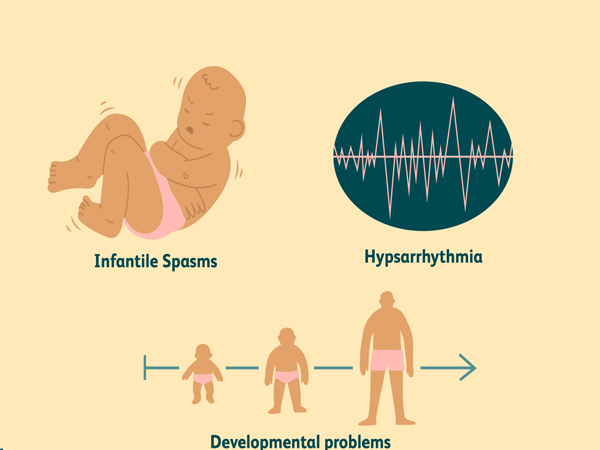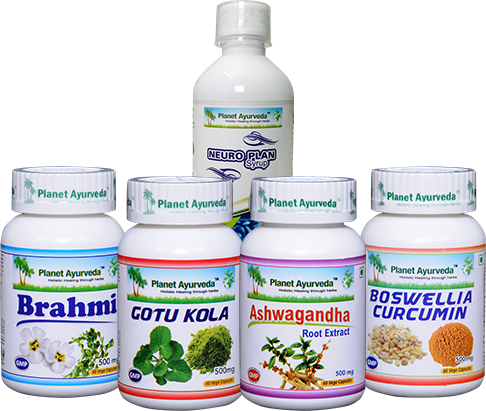Hba1c Test and Ayurvedic Herbs for Its Management
WHAT IS Hba1c Test
HbA1C test is also known as the Glycated or Glycohaemoglobin test. This test is done to diagnose Diabetes, in Diabetic patients to know their average blood sugar levels from the last 2-3 months and this test is also helpful in adjusting the Diabetes medicines. This test mainly tells about the average level of blood sugar levels over the past 2-3 months. This test mainly tells about how much glucose is bound to the hemoglobin part of your Red blood cells. The life span of RBCs is about 120 days, so this test mainly tells about the average levels of glucose in your blood in the past 3 months. In cases, if your blood sugar levels are high, your HbA1C test value will be higher.

Relationship Between Blood Sugar and A1c Levels – It is as follows
A1C (%) – Average Blood Sugar(mg/dl)
4% – 68 mg/dl
5% – 97 mg/dl
6% – 126 mg/dl
7% – 152 mg/dl
8% – 183 mg/dl
9% – 212 mg/dl
10% – 240 mg/dl
11% – 269 mg/dl
12% – 298 mg/dl
13% – 326 mg/dl
14% – 355 mg/dl
HbA1C Test Results

What is Diabetes
Diabetes is a metabolic disorder in which either glucose intolerance occurs or the production of insulin is decreased. People with Diabetes will have higher levels of HbA1C levels (6.5% or higher) because of more amount of glucose is bound to Hemoglobin part of the blood.
Ayurvedic Perspective For Diabetes
In Ayurveda, Diabetes comes under metabolic Kapha disorder in which blood sugar levels get elevated due to reduced Agni. In Ayurveda, this disease is treated by a multi prolonged approach which includes – Proper diet, non-medication methods like – Lifestyle improvement, and Ayurvedic medications. Raised HbA1C levels are characteristic features of Diabetes.
Herbal Remedies for Diabetes
Planet Ayurveda offers the best Herbal Remedies for Diabetes known as Diabetes Care Pack. These all products are made by using the best herbs under the strict supervision of MD-Ayurvedic Doctors by strictly following the principles of Ayurveda. These all products are 100% pure, natural, and vegetarian. These products are chemical and preservative-free. They are safe to use and can be used for a prolonged period of time without any side effects.
Diabetes Care Pack Comprises of
- Diabeta Plus Capsule
- Fenugreek Capsules
- Karela Capsules
- Madhumehantak Churna
Product Description
1. DIABETA PLUS
These are in the form of capsules, made by using 500 mg standardized herbal extract of best herbs. Diabeta plus results are sustained and can be monitored after some time. If you are using Diabeta plus then this drug might help to withdraw all other diabetic medicines eventually. These do not only help to bring down your sugar levels but is useful for maintaining stamina and is also good for your overall health and show the excellent result in renal damage occurring in Diabetic patients. Diabeta plus contains various herbs like – Gymnema, Pterocarpus marsupium, Salacia, and Momordica.
Dosage – 2 capsules twice daily, 1/2 hour before meals, with water (For both Insulin and Non-Insulin-dependent)
Herbs in Diabeta Plus
Diabeta plus contains various herbs which are very useful in lowering down your blood sugar levels. They are chemical and preservative-free and not having any side effects. following herbs are used in Diabeta plus
- Gurmaar (Gymnema Sylvestre) – 150 mg
- Tulsi(Ocimum tenuiflorum ) – 50 mg
- Ashwagandha (Withania somnifera ) – 50 mg
- Karela (Momordica charantia) – 150 mg
- Vizaysaar
- Saptrangi (Salacia oblonga) – 50 mg
2 Gurmaar (Gymnema sylvestrae
Gur and Maar which stands for sugar killer. It contains Gymnemic acid molecules which bind with Glucose molecules in the intestine and thus preventing entry of Glucose into the bloodstream and it also have anti-diabetic property.
3 Tulsi(Ocimum tenuiflorum )
In Ayurveda, Tulsi is known for its various medicinal properties and is known as ”Holy Basil”. Its leaves are very useful in lowering blood sugar levels. It is also useful in cough, cold, sore throat, cancers, and viral and bacterial infections.
Reference – The Bhavprakash nighantu edition of 1998: Verse 62-63, Page no-509-510.
Meaning – In this Shloka Tulsi properties and names are discussed.
Various Synonyms for Tulsi are – Tulasi,Sulabha, Gauri, Bhutaghni, Bahumanjari, Devadundubhi, Surasa, Apetarakshasi and Gramya. Its potency is hot, taste is bitter and pungent. It is good for heart, generates heat in the body, aggravates pitta in the body. It helps in promoting digestive fire. It is useful in conditions like chest pain, blood impurities, dysuria, vata and kapha disorder and various skin disorders.
3 Ashwagandha (Withania somnifera )
It is very useful in symptoms occurring due to Diabetes like – Weakness, weight loss, fatigue, and diabetic nephropathy. It is also very useful in decreasing stress and anxiety and has anti-inflammatory properties. Generally, it is good for overall well-being.
4 Karela (Momordica charantia)
It is rich in micronutrients which are good in diabetes. Karela juice is very good for diabetic patients as it has anti-diabetic properties.
5 Vizaysaar (Pterocarpus marsupium)
This is a very big tree and its bark is very useful for diabetic patients. Its bark is converted into a wooden glass and this wooden glass is known as “The Miracle care for Diabetes”. In this wooden glass, some water is kept which should be consumed by the next early morning by a diabetic patient. The color of the water changes to brown. It should be changed after one month or can be changed if the color of the water does not change.
6 Saptrangi (Salacia oblonga)
It is also a wonderful Herbal Remedy for Diabetes mainly its bark is useful.
Herbs for Diabetes
2 Fenugreek Capsules
Fenugreek capsules are very useful in Diabetes as they contain chemicals and fiber which help to reduce the sugar absorption in diabetic patients. It increases the release of insulin from the body and reduces blood sugar levels.
3 Karela Capsules
These are very useful in controlling blood sugar levels. Its hypoglycemic index is very good, so useful in diabetes.
4 Madhumehantak Churna
This is a composition of various herbs like – Momordica charantia ( karela), Ocimum sactum (Tulsi), Acacia Arabica (Babool), and Salacia chinesis (Saptarngi). It is mainly helpful in reducing diabetic symptoms, hence very useful in Diabetes.





